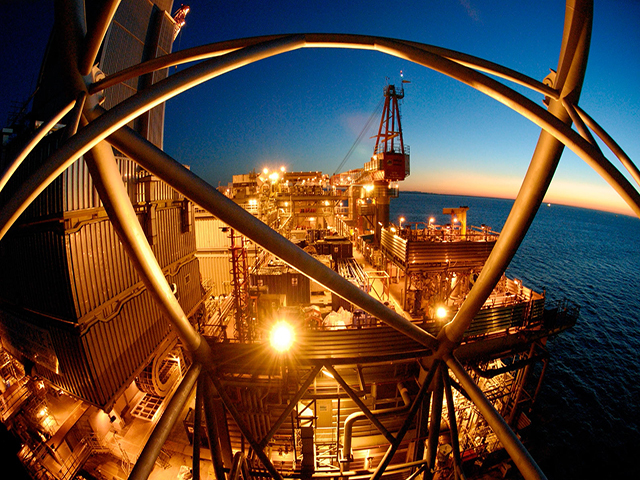
Russia’s Gazprom PJSC will start a round of natural gas auctions for utilities and traders in Europe on Wednesday, a further sign the world’s biggest exporter of the fuel is becoming more market orientated.
The sales, which last until Friday, will be the Moscow-based company’s second set of auctions for northwest Europe, adding another tool to its decades-long practice of selling gas under long-term contracts with limited flexibility. European buyers have benefited from a global glut of the fuel that helped damp prices in the U.K. by 28 percent over the past year amid stagnating demand.
How does Gazprom sell gas in Europe?
Gazprom supplies about 30 percent of Europe’s gas, with Germany its biggest buyer, under contracts that run for decades. Typically, clients are bound by a so-called take-or-pay clause that forces them to purchase minimal annual volumes or pay for them regardless of demand. Most of the contracts have a price formula linked to oil with a time lag of six to nine months.
Since the 2008 economic crisis, many buyers have sought to renegotiate Gazprom’s contracts to include a link to European gas hub prices, the benchmarks used to sell the fuel within the region. Gazprom agreed to some changes and now about one third of its supplies have some link to hub pricing.
Why did Gazprom start gas auctions?
Adapting contracts wasn’t enough for European buyers faced with sharp fluctuations in demand and abundant and flexible supply from producers from Norway to Qatar. Gazprom Chief Executive Officer Alexey Miller has said the auctions are a response to a changing European gas market.
“Absolutely they want to be seen as more market focused,” Richard Chatterton, an analyst at Bloomberg New Energy Finance, said by e-mail. “Gazprom need to grow their market share in Europe and the only way they can do that is to increase the flexibility of their commercial terms and embrace market pricing.”
Gazprom is also fighting an antitrust case brought against it by the European Commission, “so it is eager to show it is willing to embrace competition,” Chatterton said.
How do auctions work?
Gazprom will offer volumes for delivery at trading hubs Greifswald, Gaspool and Olbernhau in Germany, as well as at Baumgarten and Arnoldstein in Austria. It may tender about 3 billion cubic meters (106 billion cubic feet), Miller said in June. That’s less than 2 percent of forecast export sales this year.
The delivery period for the gas is from Oct. 31 to March 31. Both existing and new customers have been invited to participate.
At last year’s auction, deals were signed with 15 traders for more than 1 billion cubic meters to be delivered to Germany, as 39 bidders from Vitol SA to Goldman Sachs Group Inc. participated. The company sold a third of the fuel offered, preferring price over volumes, which caused traders such as domestic rival Novatek OJSC to refrain from buying. Novatek will participate this year, according to CEO Leonid Mikhelson.
What do auctions mean for European buyers?
While Gazprom’s move is market-oriented, European buyers currently have many options to meet their gas needs, said Karen Sund, founder of energy advisory Sund Energy AS.“Buyers can easily buy gas on different hubs,” she said by e-mail.
Gas trading increased at the Dutch hub, the biggest on the continent, and buyers also have access to record volumes from Norway and increased shipments of liquefied natural gas from Qatar. The U.S. started exports of LNG from its Gulf of Mexico coast, adding an extra supply option even if American shale gas is yet to reach Gazprom’s main markets in western Europe.
What about the price?
At last year’s auction, Gazprom sold fuel at prices above those in its contracts and the rate on European hubs. Oil-linked gas is currently cheaper than market rates.
Gazprom viewed as a success its ability to sell gas at a price about 4 percent higher than the estimated rate for all of its supplies to Europe during the debut sale.
Russian gas at the border with Germany cost $4.30 per million British thermal units in July, according to the International Monetary Fund. Next-month gas at the Net Connect Germany hub averaged about $4.79 last month, according to broker data.
“Gazprom has nothing to lose in any case, as low oil prices mean that oil-indexation doesn’t offer much of a premium versus auctions,” Chatterton said.
Recommended for you
